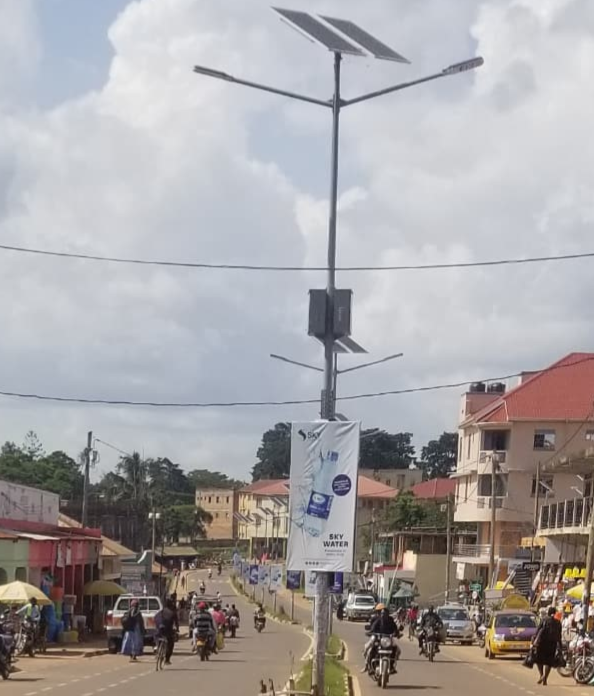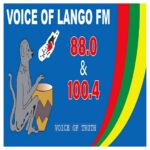
 Voice of Lango
Voice of Lango

 Voice of Lango
Voice of Lango
30 May 2025, 7:56 pm

By Aceng Patricia Amne
Olwol road in Lira city was recently completed under the Uganda Support to Municipal Infrastructure Development (USMID) program, but questions have emerged about whether the project delivered value for money.
USMID, a World Bank-funded initiative launched as a Programme-for-Results (PforR), aims to improve infrastructure in Uganda’s municipalities.
In Lira city, phase I of the program involved rehabilitating several roads, including Obote Avenue, Soroti, Kwania, Maruzi, Aduku road, and Aroma lane. The beautification of the Lira Main Roundabout and Coronation Park was also part of this phase, costing a total of 11 billion Ugandan shillings.
Olwol road was included in phase II of the project, which began in May 2021.
Other roads completed under this project include Obangakene road (0.18 km), Noteber (0.251 km), Aber (0.204 km), Olwol (0.534 km), Uhuru road (0.3 km), and Boundary road (2.177 km). The project also includes the construction of a children’s park.
The contract was awarded to Abubakar Technical Services Limited at a cost of Shs 37.6 billion.
However, implementation faced setbacks after residents took the city authority to court, accusing it of encroaching on private land.
The original plan for Olwol road included street lighting, drainage systems, and pedestrian walkways, with a proposed width of 20 meters. However, city officials say these features were compromised due to encroachment and limited space.
“We failed to reclaim space on the road reserve, and construction went ahead without reviewing the design,” said Etura Ambrose, Lira city’s senior physical planner. “That was a mistake.”
The road had been allocated a budget of 1 billion shillings under USMID.
Despite the funding, residents have raised concerns about the final output. They report a lack of street signage, speed bumps, and proper drainage.
“There’s no separation between vehicles and pedestrians, and no warning signs or lighting at night. It’s not safe,” said Samuel Awio, a local carpenter.
Lira city spokesperson Robert Okello Ayo acknowledged the design flaws. “There was an issue with the drainage plan. That’s why it wasn’t implemented properly,” he said.
During the rainy season, the road floods easily due to inadequate drainage, leading to safety risks and accessibility challenges.
Mayor Sam Atul noted that while the road has improved access, significant gaps remain. “The project needs to be reviewed to address safety concerns. A road must not just be built, it must serve,” he said.
Despite its completion, Olwol road has exposed significant weaknesses in planning, design, and oversight.
As Uganda continues to develop its urban infrastructure under USMID, stakeholders are left questioning whether such projects are truly delivering value for money.